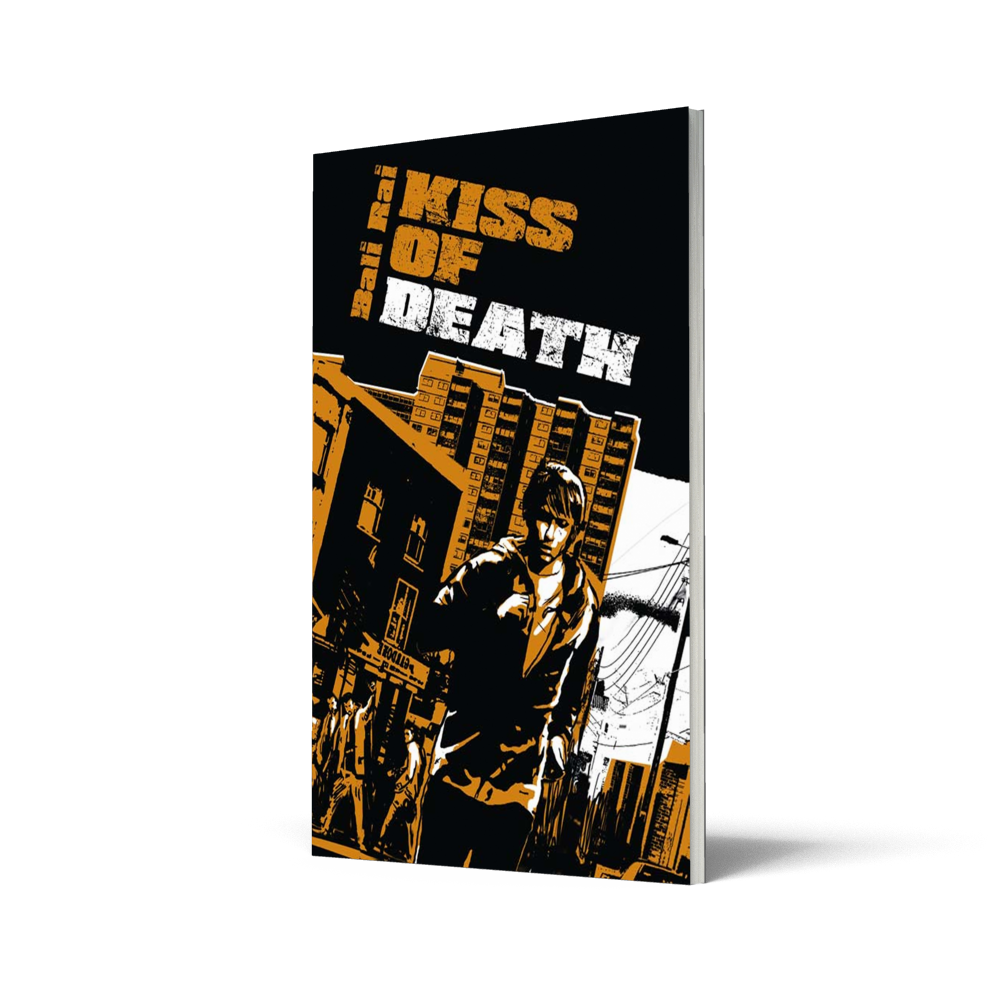Writing to engage reluctant and less confident readers is always a challenge. Yet, in creating stories for this readership, there are certain tactics that work time and again. When I put Kiss of Death together, I had three primary objectives.
The first is to visualise the opening. In my experience, it is fast and vivid openings that engage reluctant readers. There can be no slow introductions, and no careful setting of the scene. I often describe it as ‘slapping your reader in the face’, and it’s always worked for me. The idea is to imagine the opening scenes and to pick the point at which the story kicks in. It has to be something shocking, or challenging – anything that will make the reader ask questions about what comes next. Books easily bore reluctant and disengaged readers. The challenge is to make these readers sit up and take notice.
Secondly, I decided to employ parallel narratives for the story. There were two reasons for this. Primarily, this structure worked best for the story itself. I wanted to show how Joey and Ria fell for each other, and how they cope when their lives are turned upside down – and to relate that from both male and female viewpoints. Such a structure also works well with the intended readership. It leads to short, sharp chapters and adds an energy and flow to the plot that engages and challenges. It also helps to heighten tension – which is always a great thing.
Finally, there is the use of cliff hangers. From the moment readers of Kiss of Death meet Joey, and he begins to run, the atmosphere is edgy and exciting. The key for me was to keep this excitement level high, and leave the reader guessing at the end of every chapter. This helps to draw the reader in and to keep them wanting more. It creates that slightly panicked state of wanting to know more, whilst simultaneously dreading the outcome. It’s an obvious, tried and tested device, yes, but one that works every time.
Kiss of Death was a pleasure to write, despite the challenge of keeping such a complex and potentially controversial plot to a low word count. That’s precisely why the tactics I’ve described work so well. The key to engaging reluctant readers is to excite and challenge them. It’s about making them see that books and stories can be as fast and pacy as anything they play on an Xbox or watch online. Whatever it takes to make them want to read, in fact.




